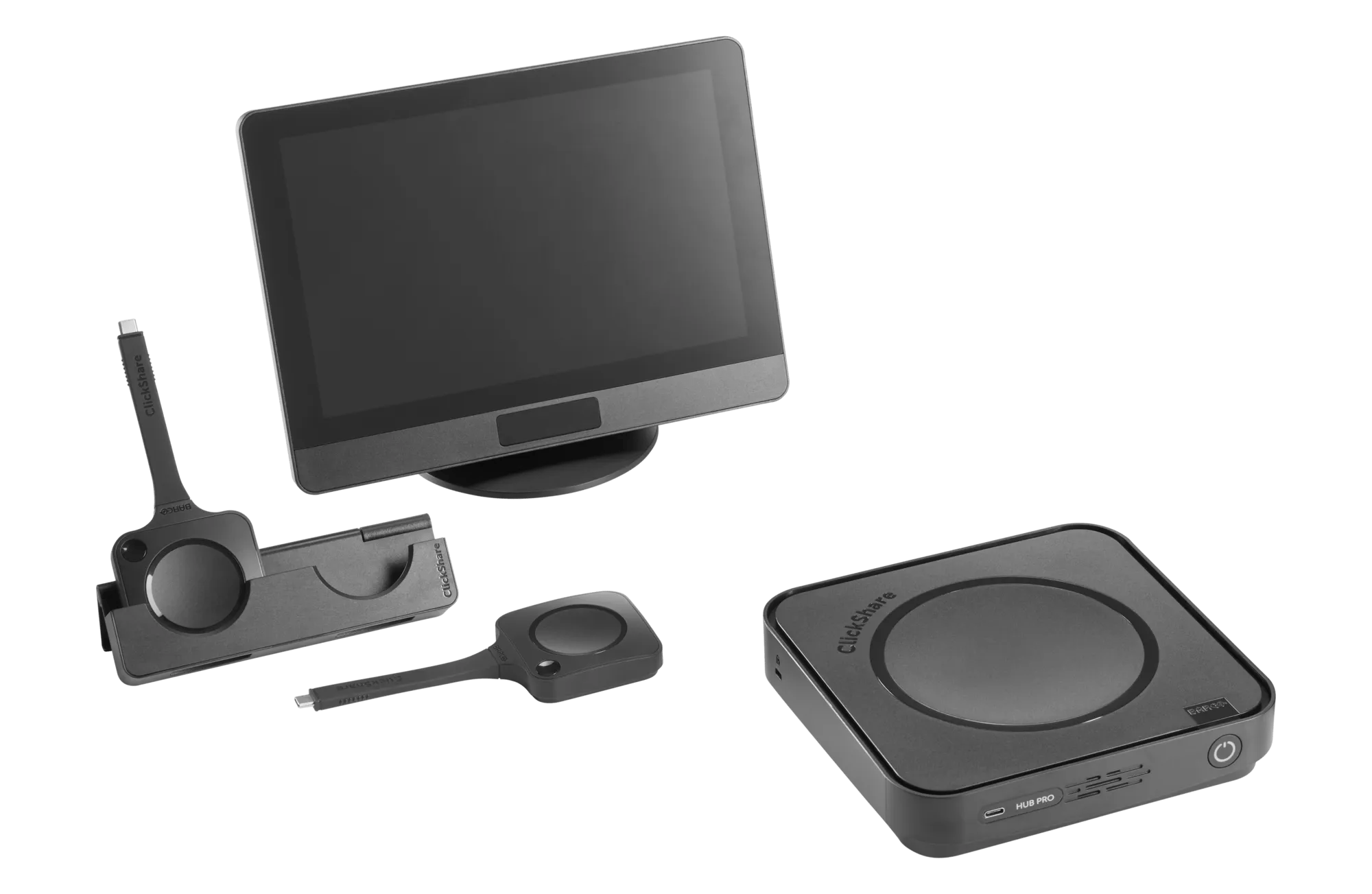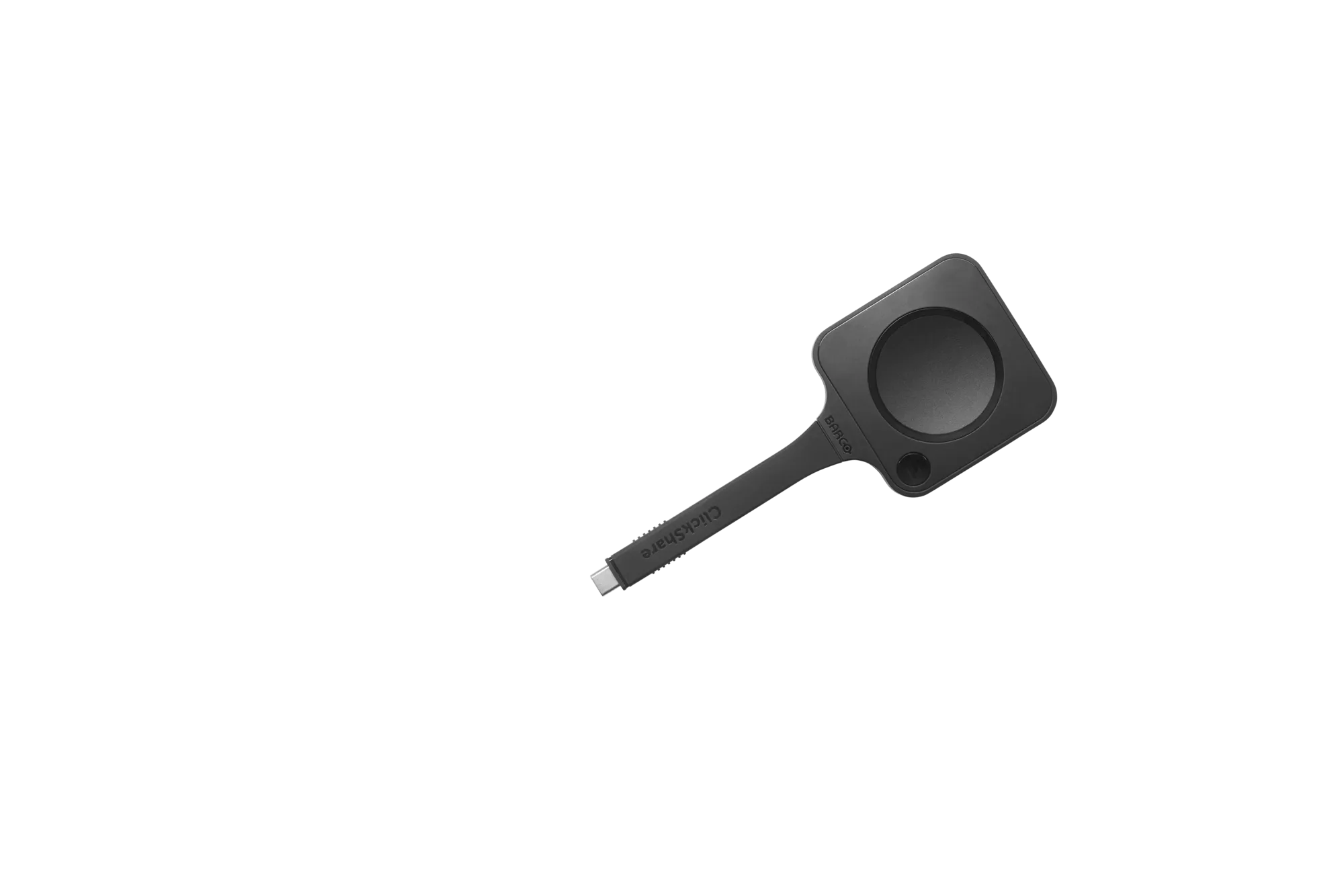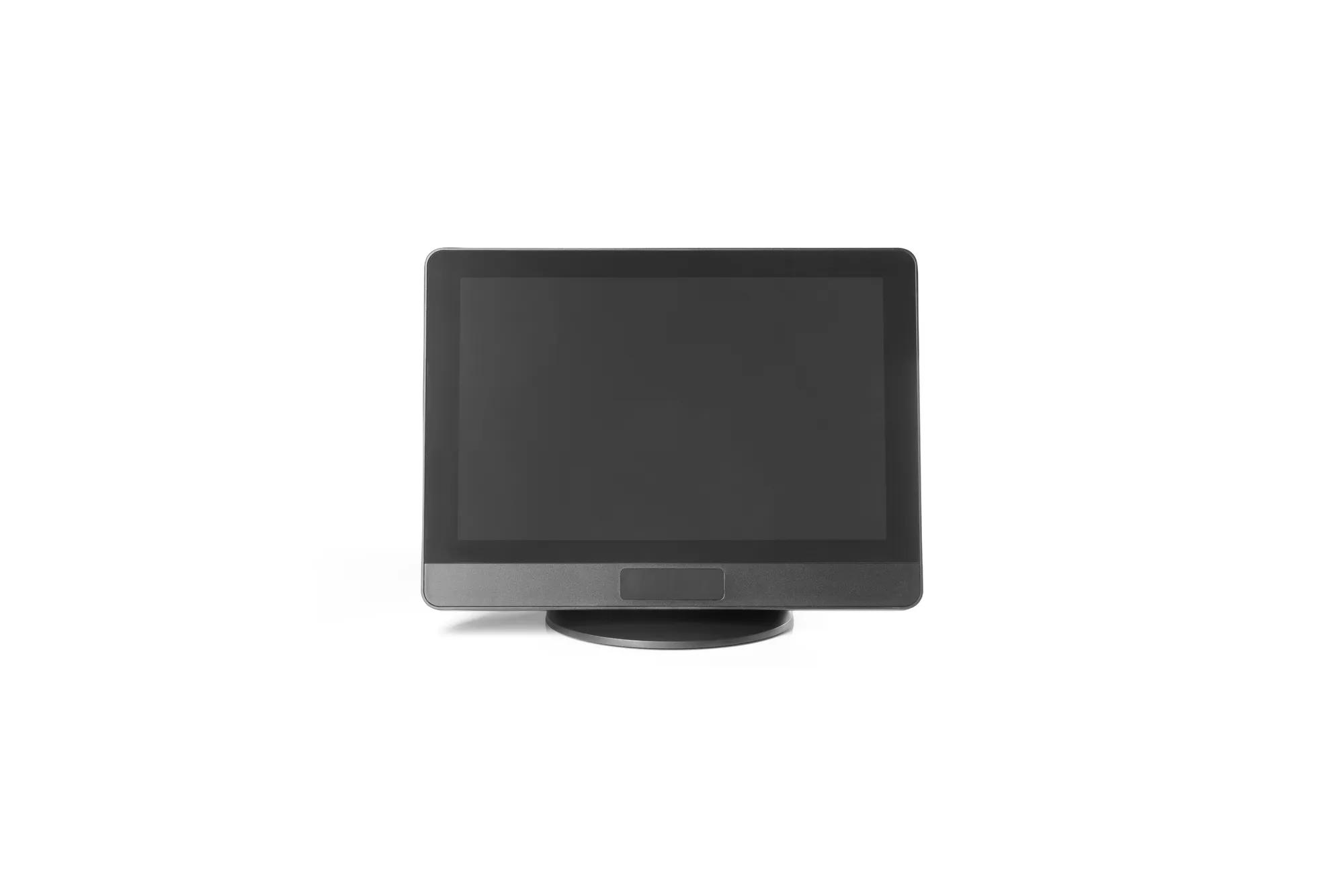Reimagining the meeting experience: how technology and design drive hybrid success
7 min read
The way we meet has changed. So why do our meeting rooms still look the same?
Our latest report introduces a practical, research-backed framework to help you design meeting spaces that align with how your teams work. Because in today’s hybrid world, one-size-fits-all solutions no longer work.
Hybrid work has changed everything
Hybrid work has transformed not just where we meet, but how we meet. According to the Gensler Research Institute, 71% of meetings at the most innovative companies are hybrid, and 88% of employees collaborate across multiple time zones. From daily stand-ups to cross-continental brainstorms, hybrid work isn't about working remotely; it's about working differently.
Yet many organizations still rely on a one-size-fits-all setup, using the same meeting room for strategic reviews as they do for fast-paced creative sprints. It's no wonder hybrid meetings can feel disconnected or ineffective.
The solution? Organizations must shift from uniformity to flexibility, designing meeting environments around people, not protocols. But how do you create spaces that truly adapt to different meeting needs?
A research-backed framework for better meetings
Developed in partnership with WORKTECH Academy, a leading global research platform exploring the future of work and workplaces, our comprehensive report introduces a practical framework that helps businesses align meeting types with spatial and technological design.
Rooted in academic research from Cameron & Quinn (University of Michigan) and Willem Standaert (University of Liège), this framework identifies four unique meeting modes, each with distinct cultural drivers, spatial requirements, and technology needs. Understanding these differences is the first step toward creating meeting experiences that energize rather than drain your teams.
The four meeting types
While our report dives into implementation strategies, here's a glimpse of the framework:
- Collaborative meetings: Focused on trust, openness, and team cohesion. These meetings benefit from flexible seating, inclusive AV tools, and 360° visibility so everyone, remote or in-room, has a voice.
- Creative meetings: Spontaneous and fast-moving, these meetings thrive on visual thinking, rapid dialogue, and shared ideation. Success hinges on responsive tech, multi-screen setups, and easy content sharing.
- Competitive meetings: Outcome-driven and focused. Whether pitching ideas or making decisions, these meetings thrive with robust video and audio quality, instant data access, and minimal distractions.
- Controlled meetings: Defined by hierarchy, process, and predictability, these meetings depend on consistency and formality. Structured formats and fixed AV setups support clarity, while selective participation tools can enable more inclusive dialogue without disrupting flow.

Technology that serves people, not the other way around
In the best meeting experiences, technology fades into the background, allowing people to connect, contribute, and collaborate without friction.
That's why leading organizations are choosing solutions that support how teams actually work. Tools that are intuitive to use, flexible across platforms, and responsive to different meeting styles.
AI-enhanced audio and video are also becoming essential. These technologies automatically adjust for speaker clarity and visibility, helping ensure that every voice is heard, whether in the room or joining remotely.
From challenge to competitive advantage
The future of meetings isn't about more technology. It's about creating better experiences. By aligning meeting environments with real human behavior, businesses can transform hybrid work from a challenge into a competitive advantage.
Whether you're hosting a creative brainstorming session or a high-stakes strategy meeting, your teams deserve flexible meeting spaces that enhance rather than hinder collaboration. The organizations that get this right will see improved engagement, faster decision-making, and stronger team connections across all work modes.
This is precisely why solutions like Barco ClickShare have become essential for forward-thinking organizations. ClickShare makes it easy for everyone to share content, contribute ideas, and stay fully engaged, whether they are in the room or joining remotely. It helps create meeting experiences where all voices are heard and valued. It is not just about connecting devices. It is about enabling equal participation. ClickShare adapts seamlessly to all four meeting types, from spontaneous creative sessions to formal strategic reviews. Your teams get the flexibility they need without the complexity they don't want.
Ready to transform your meeting spaces? Download the full report here to explore implementation strategies, space design principles, and technology recommendations that will help your organization unlock more effective, inclusive collaboration through intentional meeting room design.

Yannic Laleeuwe
Marketing Director Workplace Collaboration
Today Yannic Laleeuwe is Marketing Director Workplace Collaboration at Barco, leading the overall Workplace Collaboration Segment Strategy and Marketing teams. Working at the global technology leader Barco for more than 15 years in different roles, she is a seasoned professional, with experience in strategic and analytical thinking, marketing, change management and business process engineering. Working with highly diverse teams energizes her and translates her belief in a culture of empowerment, creativity and community building. A highly skilled manager with a can-do mindset, she is inspired by Barco’s never-ending search for innovation and an international environment.






